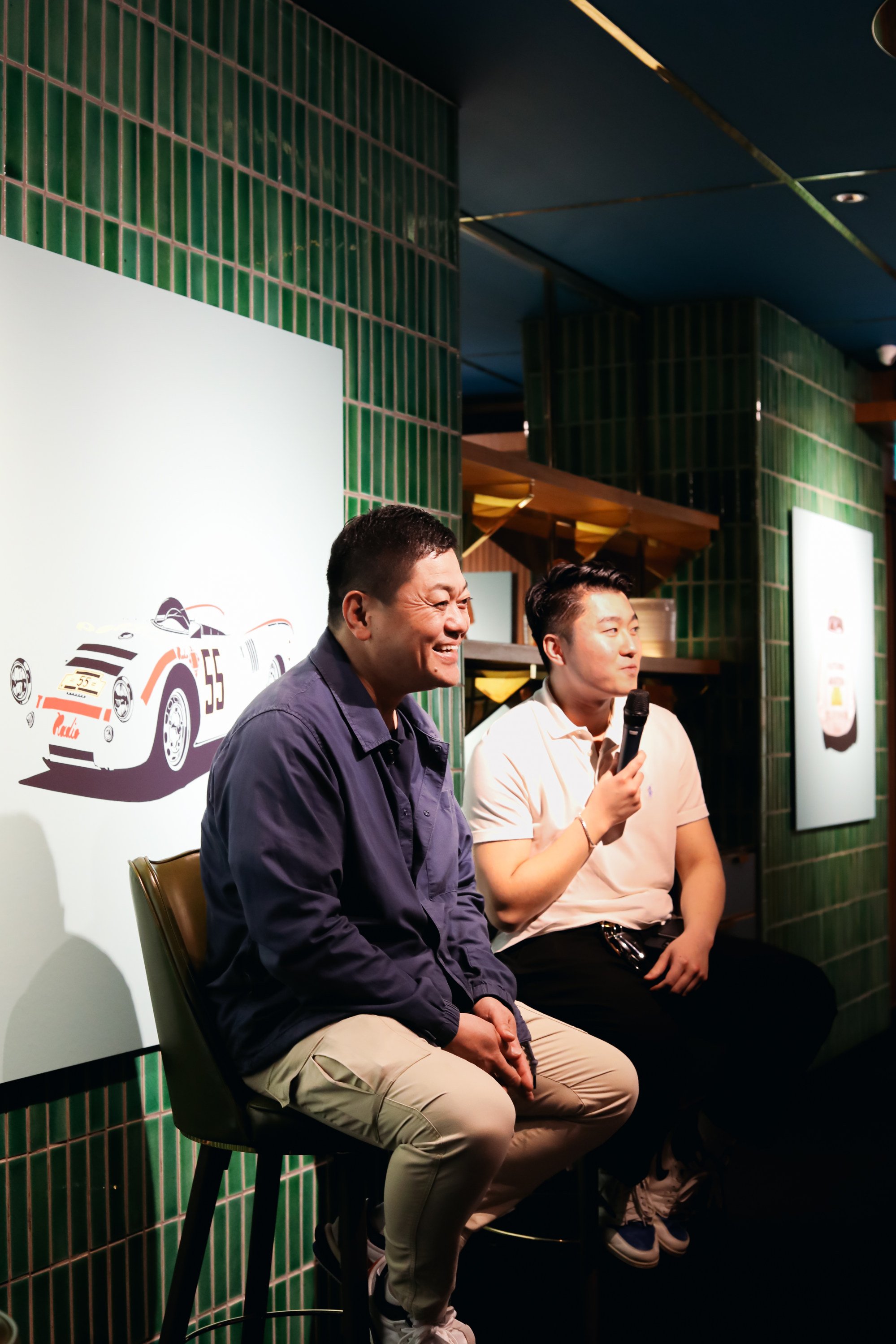
Chef Yoshihiro Narisawa on uprooting his 2-Michelin-star restaurant from Tokyo for Singapore residency: ‘I am excited for the potential of this event’
- Yoshihiro Narisawa and his team are relocating to Singapore for a five-week residency while his two-Michelin-star restaurant in Tokyo closes for refurbishment
- Narisawa plans to use indigenous ingredients from the region in his Singapore menu – some may be inspired by past trips to Bali and Malaysia’s Borneo region
It is a restaurant residency two years in the making, but finally the time is right for famed Japanese chef Yoshihiro Narisawa to hold his long-awaited pop-up in Singapore.
From March 24 to April 30, the chef will uproot himself and his 15-strong team to the Lion City. Concurrently, his Narisawa restaurant in Japan, which celebrates its 20th anniversary this year, will be closed for a much needed refurbishment.
“I am 100 per cent at the restaurant whenever it is open. My guests will never not see me in the kitchen,” says Narisawa. This is why, he says, his restaurant’s renovation afforded him the opportunity to relocate for the five-week residency – a project finally put in motion following two years of discussions. “I will, of course, do the same when we are in Singapore.”
He adds: “This will be the first time that I will be continuously in one city abroad with my team and I am excited for the potential of this event.”

Satoyama is a Japanese term referring to the areas between mountains and flat land developed for small-scale agricultural use.
“The word refers to the land where civilisation overlaps and coexists,” Narisawa says. “As Japan comprises small islands surrounded by the sea, historically our ancestors had to exist between the sea and the land.
“This conscious culture and lifestyle that was born of this topography is satoyama culture. Through my cuisine, I hope to express our ancestors’ culture through food.”

One of the ways he intends to do so is by incorporating local and regional ingredients in his Singapore omakase menu. About half the dishes in Narisawa Singapore will be new, while existing dishes are likely to be given a twist through the use of local ingredients, too.
For example, one of his signature dishes, served at Narisawa since 2010, is called Bread of the Forest. Bread dough is brought tableside to rise as diners work through their first few courses, and subsequently baked in a hot stone receptacle. Narisawa suggests the dish will be presented alongside sustainably sourced ingredients unique to Singapore.
He also plans to leverage Singapore’s proximity to Indonesia, Malaysia and Thailand to source produce for his dishes. “Deforestation is a big environmental issue, so I am planning to use wild herbs and other things that can be foraged from the forest to raise awareness of this,” he says.

“In Borneo, I visited a village where they do not have running water but we cooked wild fish that was freshly caught from the river,” he recalls.
The challenge, he says, will be to strike a balance between using regional ingredients while still creating dishes that guests can instinctively associate with Narisawa.
“We want all our guests to experience the atmosphere of Narisawa in Singapore while still using as many local products as possible,” he says.

The restaurant will serve lunch and dinner for 24 guests in the main dining room and up to 12 guests in the private dining room each day, with prices for a non-alcoholic or tea pairing menu at lunch starting from US$560.
For additional insight into the inner workings of a highly respected gastronomic temple, the chef’s son, Leo, who is general manager of Narisawa and sometimes doubles up as the restaurant’s interpreter, will be in Singapore as well.

“They are my parents so I’ve never noticed anything special, but I am lucky to grow up in this environment,” says the younger Narisawa of how his family has influenced his appreciation for good food.
He lets on that he does notice he is often more conscious about the food he eats and rarely consumes “random” food.
While running a restaurant like Narisawa is a huge responsibility, he says, “We do this with everyone, including my father, so there is teamwork and I do not feel the pressure.”
Indeed, creating a positive work environment is a key factor in the smooth operation of a fine-dining restaurant, says Narisawa senior – a point given added resonance by the recent high-profile closure of Copenhagen fine-dining restaurant Noma.
“For the staff, the status of working in a very well-known restaurant is not enough. The chef has to think about the staff’s work-life balance too,” says Narisawa. Of course, it is important that the business makes enough revenue to keep going, he adds.
“We want our guests to be satisfied with their meals and we offer food that is not just sustainable to the environment but is also healthy for the body,” he says.
“The rankings, like having three Michelin stars or being in the World’s Best Restaurants list might be important, but all these other elements are as well.”

